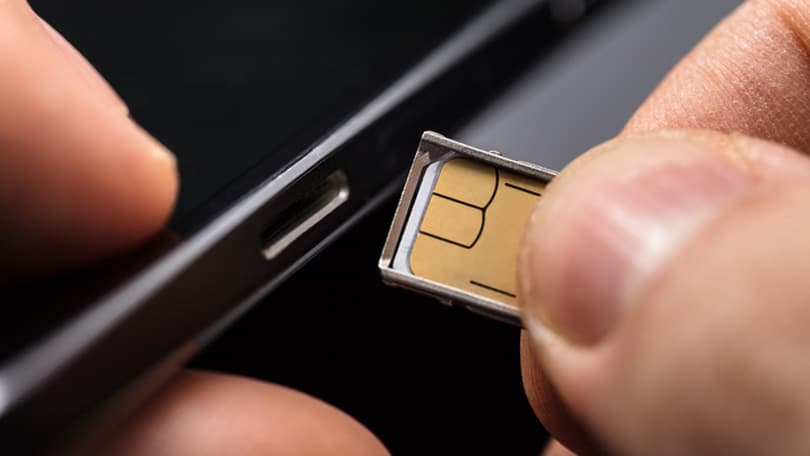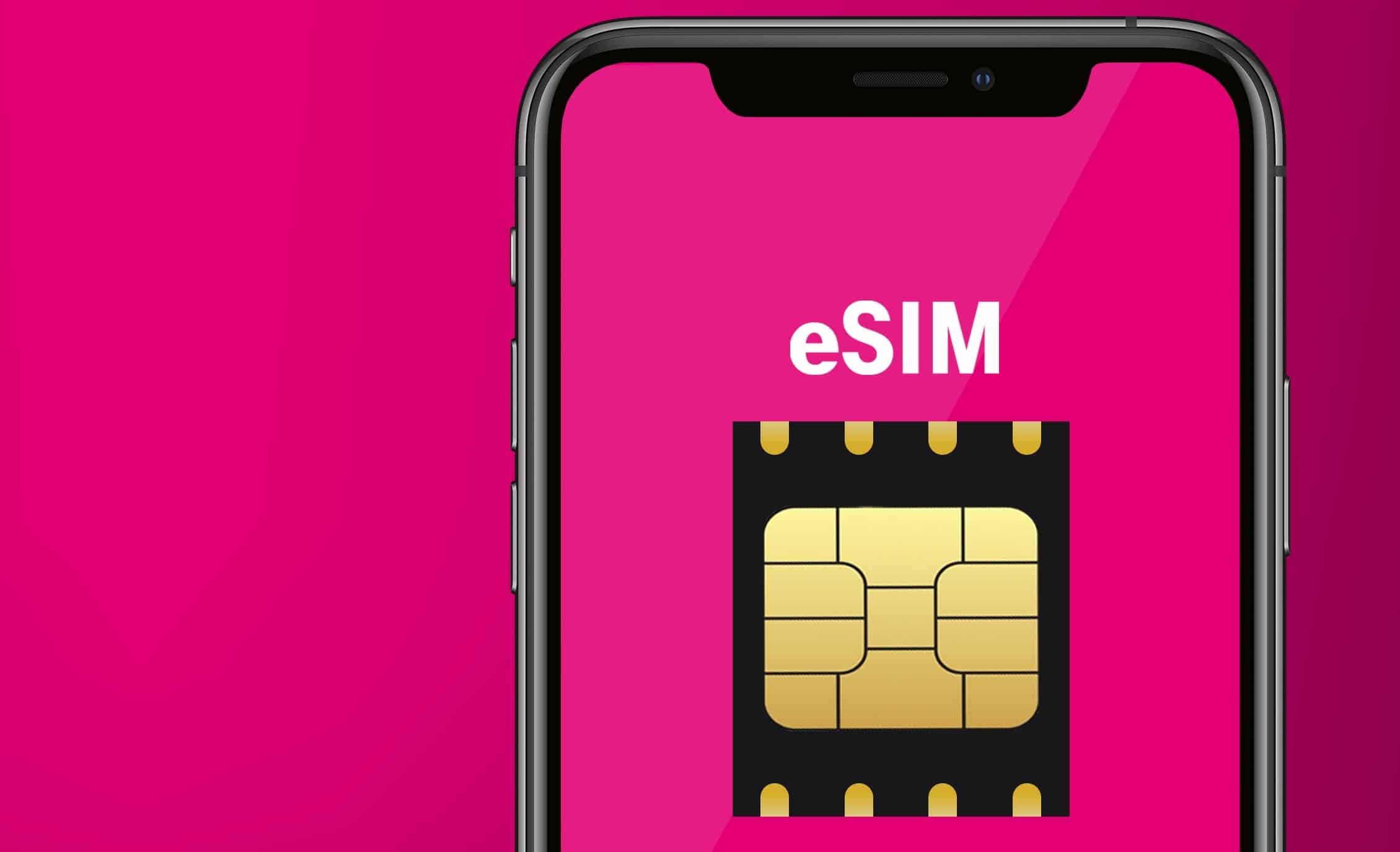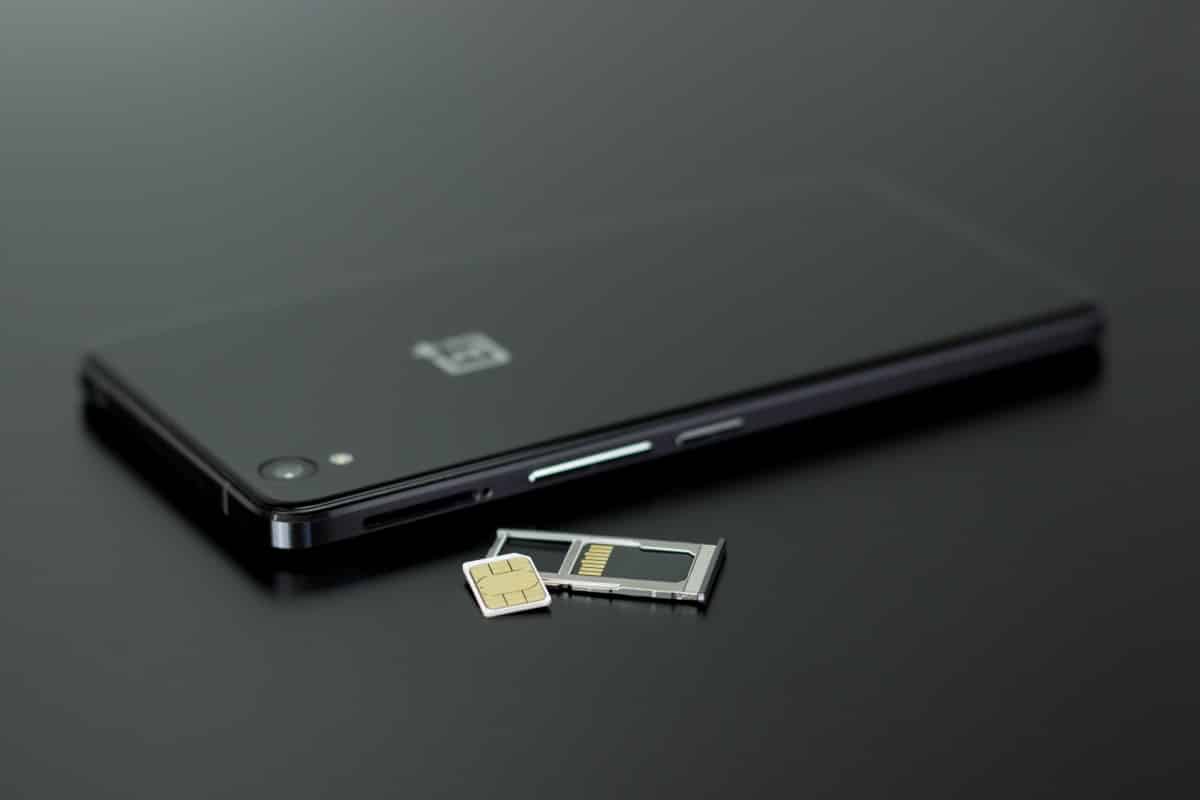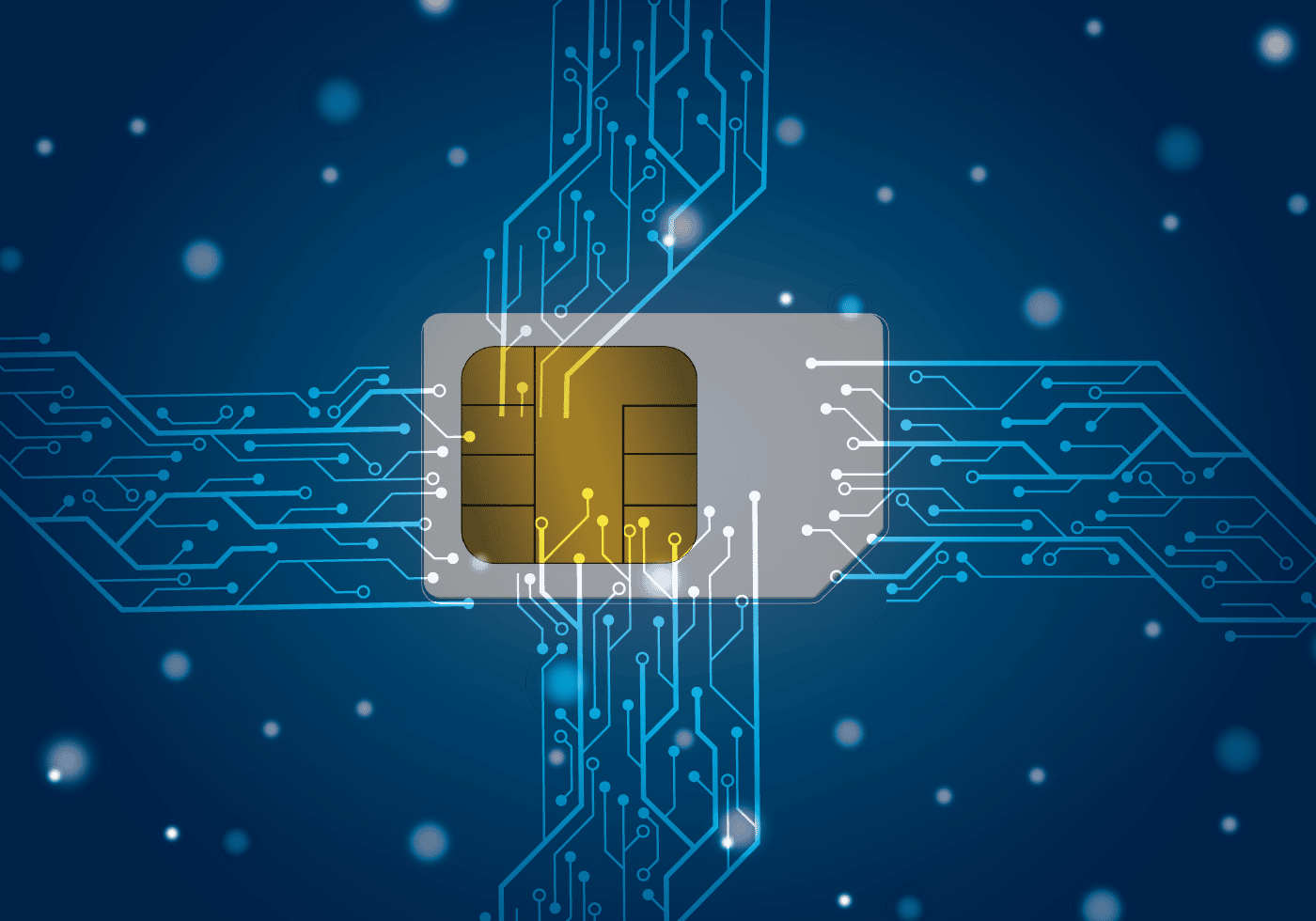Is an electronic SIM safer than a physical SIM? After the release of the iPhone 14 (Pro), which is available for purchase in the United States despite lacking a SIM card port, this issue has returned.
The Cupertino behemoth is therefore making its long-term strategy quite obvious. Time for conventional cards is running out, and what lies ahead is rather obvious.
It’s also an improvement in terms of utility. eSIM offers a much more intuitive interface. You never touch a real card again since everything is handled digitally. The electronic SIM card, or eSIM, has been available as a substitute for the traditional SIM card since around 2016.
How secure is an eSIM
The eSIM may appear to be a more secure option at first look. Theft of a gadget that utilizes a conventional SIM card, for instance, entails nothing more than swapping out the card with one bearing the thief’s own information.
Assuming we don’t care about the phone’s safety, with an eSIM, it is impossible to do anything like this. As we’ve already established, there is no actual card in the device, but rather the user’s information is stored digitally. As a further layer of protection, authenticating with the relevant operator is required for any further changes. The GSMA, an organization that looks out for the needs of mobile carriers throughout the globe, claims that eSIMs are just as secure as physical SIM cards.
Additionally, they may lessen threats that involve human error. It is disappointing because it is fairly unusual for attackers to attempt to directly persuade the carrier to switch the number to a fresh SIM card, even if the old card remains in the possession of its proprietor. In this scenario, the hacker does not need physical access to the victim’s smartphone or SIM card in order to steal their information and use it on their own device. The eSIM security level has also been discussed by experts from the well-known analytic firm Counterpoint Research.
Other benefits of eSIM
We’ve alluded to a few of eSIM’s other undeniable advantages for customers and mobile phone makers in the previous paragraph. It’s far less of a hassle for everyone to manage their identities. Not only do they save time, but they also save the hassle of exchanging real cards and waiting for their arrival. Since the eSIM is not a real card, the phone maker may eliminate the corresponding slot. Only within the United States has the tech giant taken full use of this feature, since the slot does not typically exist in iPhone 14.
Taking out the slot automatically makes more room that may be used for other uses. Despite its little size, it plays a significant part in the functioning of modern cell phones.
The globe, however, has to adopt eSIM in order to fully realize this value. Interestingly, cell carriers themselves may not gain as much from the switch to eSIMs. This new benchmark poses a threat to them. As was just discussed, eSIMs may drastically simplify the SIM card management process. It, if he decides he’d want to switch cell phone companies, he may do so quickly, without having to get a replacement SIM card.
While this is undeniably convenient for customers, it may pose a danger for the operator if they worry that customers would get dissatisfied with the service and go elsewhere because of its ease of use.




